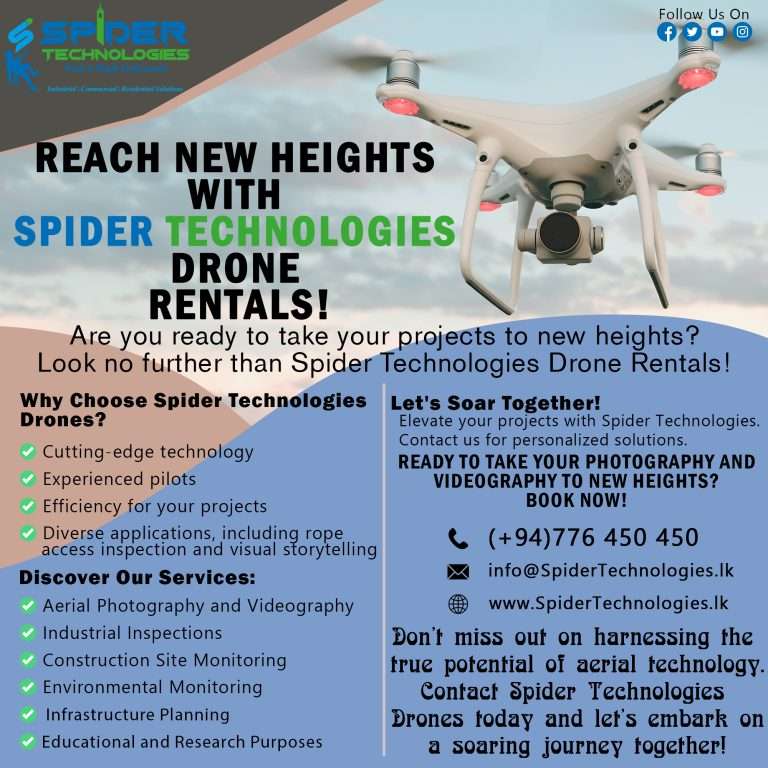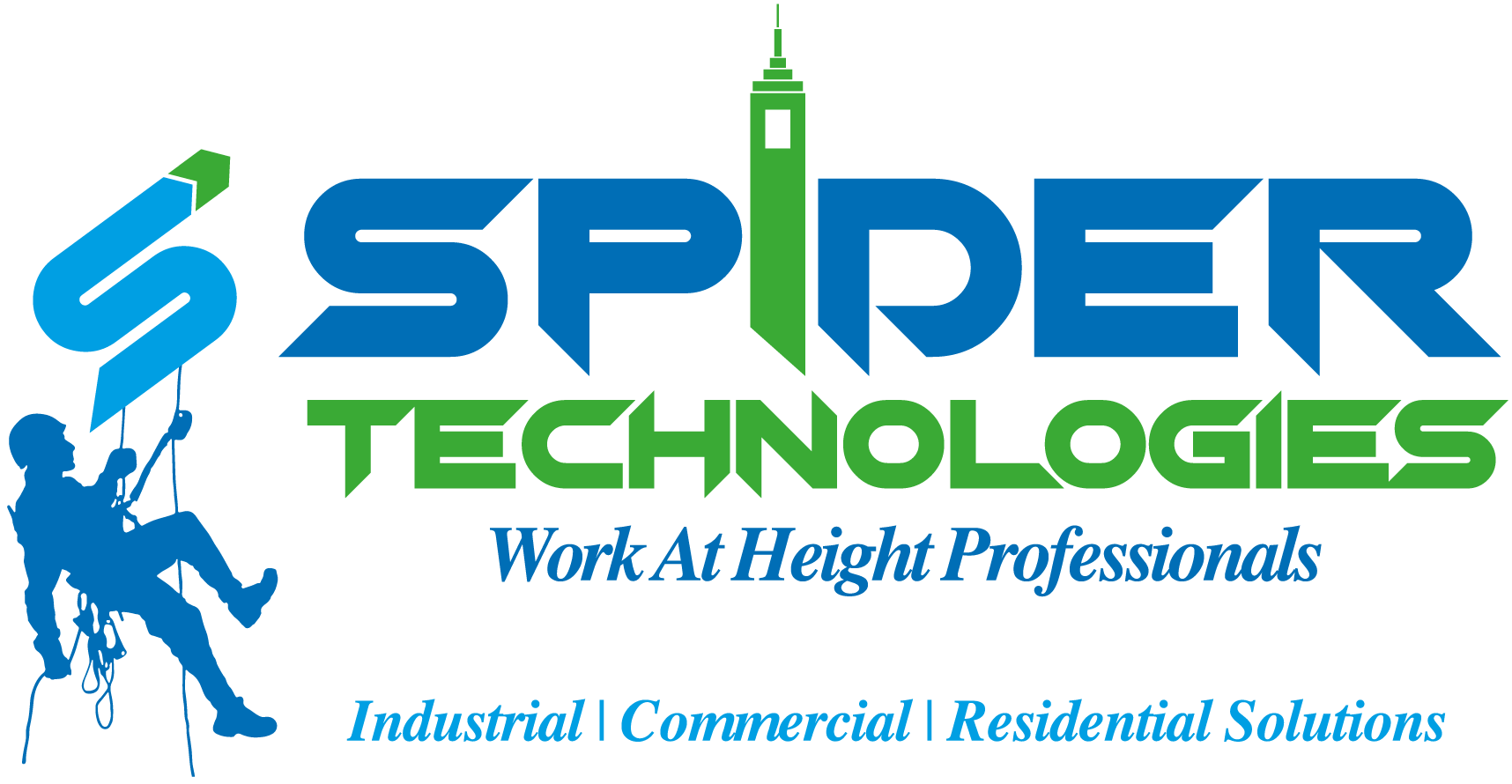COMERCIAL DRONE
Elevate Your Business with Spider Technologies – Your Trusted Partner in Commercial Drone Solutions. Our Advanced Commercial Drone Technology Delivers Precision and Efficiency in Aerial Data Collection. Explore Tailored Drone Services for Your Industry Needs. Contact Us for Innovative UAV Solutions!

Definition: Commercial drones, also known as unmanned aerial vehicles (UAVs) or unmanned aircraft systems (UAS), are aircraft operated without a human pilot on board. These drones are designed for various commercial applications, offering capabilities for data collection, surveillance, aerial photography, and more.
Key Components:
- Frame: The physical structure of the drone.
- Propellers and Motors: Provide lift and control.
- Sensors: Cameras, LiDAR, thermal imaging for data collection.
- Communication Systems: Transmit data between the drone and operator.
- Battery: Power source for electric drones.
- Control System: Software and hardware for piloting and navigation.
Applications:
- Aerial Photography and Videography: Capture high-quality images and videos.
- Surveying and Mapping: Efficiently map large areas for construction, agriculture, or urban planning.
- Precision Agriculture: Monitor crops, assess soil health, and optimize farming practices.
- Infrastructure Inspection: Inspect buildings, bridges, power lines, and pipelines for maintenance and safety.
- Search and Rescue Operations: Access hard-to-reach areas during emergencies.
- Delivery Services: Transport goods and supplies to remote locations.
- Environmental Monitoring: Study wildlife, track changes in ecosystems, and assess environmental conditions.
History of Commercial Drone Technology:
Early Beginnings: The concept of unmanned aerial vehicles dates back to the early 20th century. However, the practical use of drones for commercial purposes gained traction in the 21st century with advancements in technology.
Military and Surveillance Use: Drones were initially developed for military and surveillance purposes. The military application of drones, especially in conflict zones, played a pivotal role in the technological development of unmanned aerial systems.
Commercial Integration: As drone technology matured, the commercial sector began integrating drones into various industries. Regulatory frameworks were established to govern drone usage for safety and privacy concerns.
Advancements in Commercial Drone Technology:
Miniaturization and Portability: Advancements in materials and miniaturization have led to the development of smaller and more portable commercial drones, making them accessible for a broader range of applications.
Increased Payload Capacity: Modern commercial drones can carry sophisticated sensors and cameras, enabling high-resolution imaging, thermal sensing, and other advanced data collection capabilities.
Autonomous Flight and AI Integration: Autonomous flight capabilities and integration with artificial intelligence (AI) technologies have enhanced drone autonomy, enabling tasks such as obstacle avoidance and intelligent navigation.

